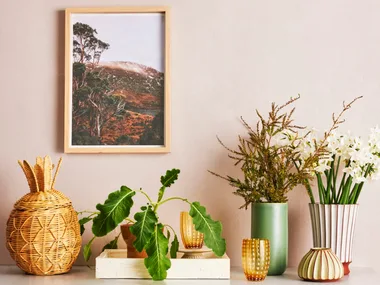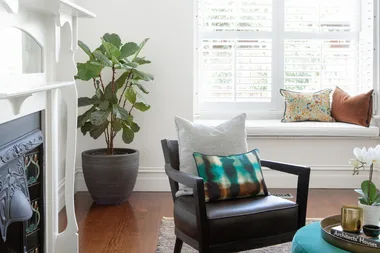The plant most likely to survive in your home will even keep you healthy if you just… give peace a chance!
Peace lilies (Spathiphyllum) are an undemanding friend to any gardener cursed with a black thumb. Easy to care for, they are one of the best indoor plants to choose for areas of low light in the home – their glossy green leaves adding life to even the dullest corner of a room.
They are also considered one of the best plants for purifying the air in your home. A potted peace lily will sit beautifully in the bathroom, kitchen or office and require a minimum of upkeep.
If yours look beyond help however, try these tips to revive it and ensure it comes back to thrive anew.
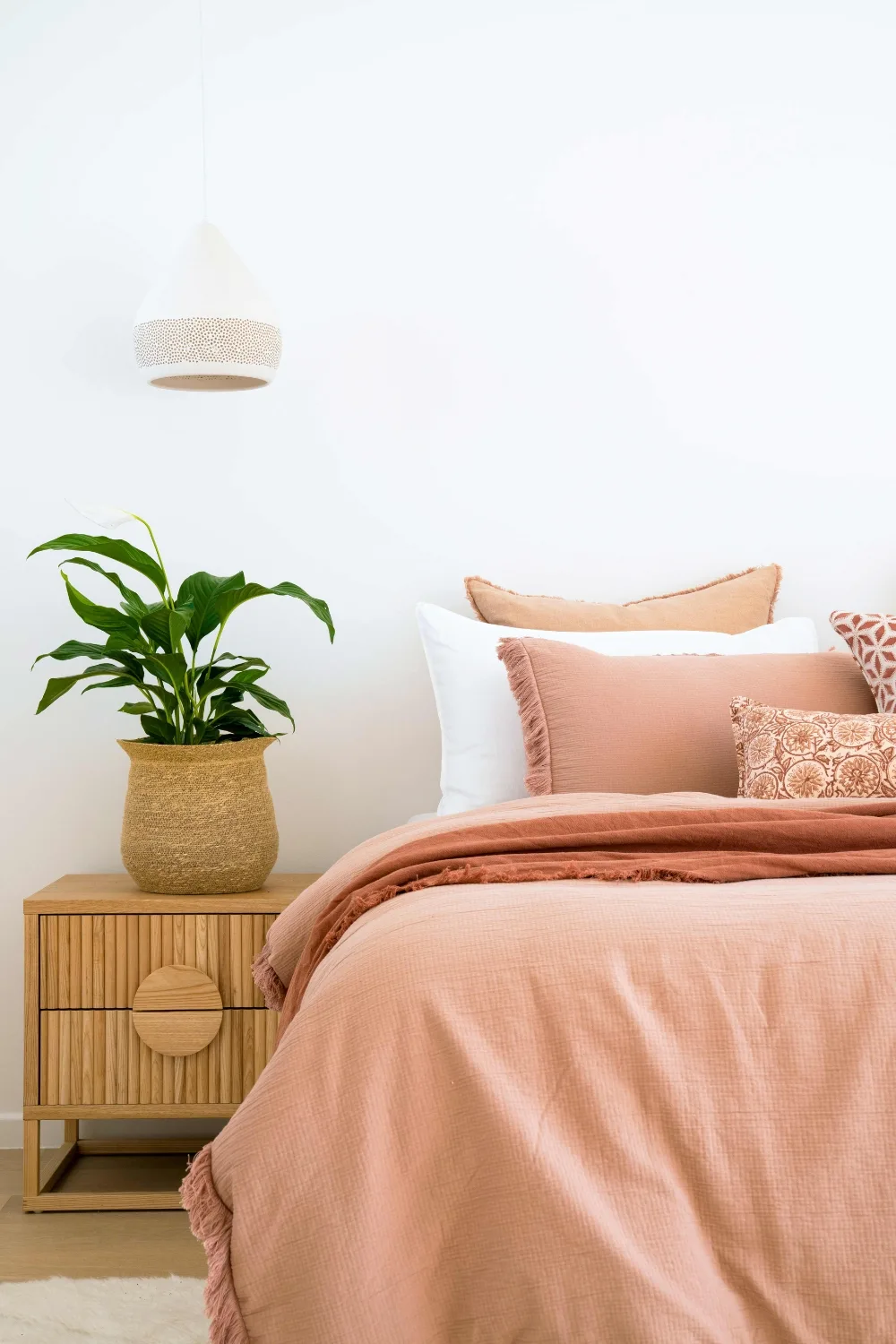
Watering a peace lily
Drooping, crunchy leaves means you’re simply not watering it enough. Immerse in a bucket or sink filled with water and soak overnight or until leaves stand tall again. Allow to drain and continue to keep the potting mix moist with regular watering, but don’t over water as they’re prone to root rot. Better to administer the occasional good soaking and let it dry out in between.
Less water is needed in the cooler months.
Your peace lily also loves a good misting, particularly in summer, to keep the leaves fresh and a wipe to remove any dust build up.
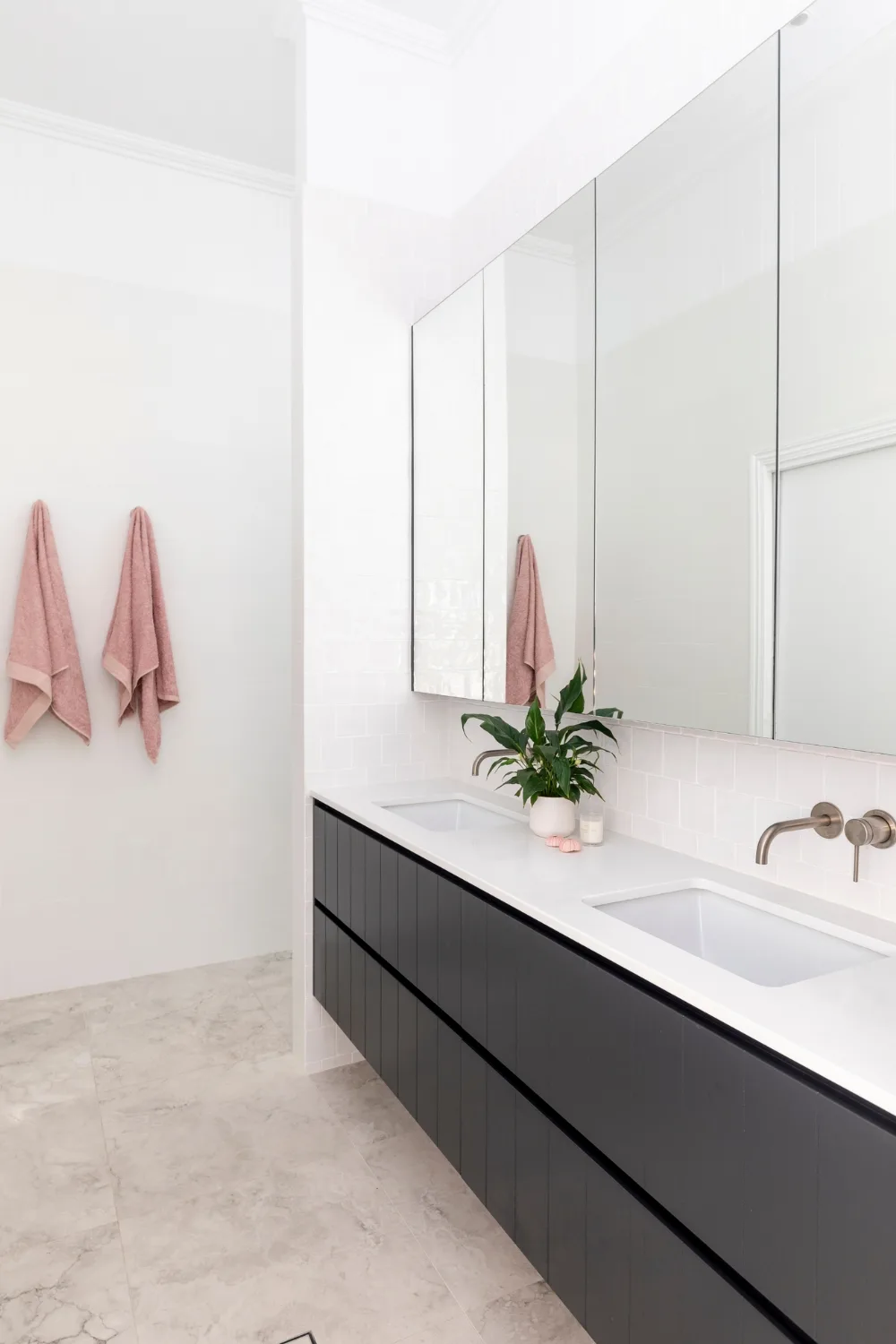
Ideal growing conditions for peace lilies
Peace lilies don’t like being exposed to too much light. You’ll know a peace lily is getting too much sun when its leaves turn yellow. If you notice this happening, move it to an area of your home that receives dappled light.
How to fertilise a peace lily
Feed occasionally with a slow release fertiliser or more often with a liquid one, to encourage healthy growth and a burst of lovely white spathe-like flowers in spring.
Are peace lilies poisonous?
All parts of the peace lily plant, including the flowers, leaves and stems, contain a small chemical compound that can cause irritation to the mouth and throat, if ingested. This chemical can affect adults, children and pets, so to prevent injury, it’s best to keep this plant out of reach of kids, cats and dogs.
It’s important to note, however, that peace lilies are not true lilies. True lilies (Lilium) are highly toxic to cats and dogs.

What are the benefits of growing peace lilies?
Peace lilies are often touted as air-purifying plants, capable of removing formaldehyde and benzene, as a result of the NASA Clean Air Study. Attempts to replicate the results of the test have repeatedly failed, so the plant’s ability to remove volatile organic compounds (VOCs) is ‘up in the air’.
Try these:

01
‘Plantopedia: The definitive guide to houseplants’ by Lauren Camilleri and Sophia Kaplan, Amazon
$52.25
The team from Sydney-based interior design nursery Leaf Supply has penned the ultimate guide to houseplants. So once you’ve mastered the peace lily, you can collect the whole gamut of indoor plant beauties.
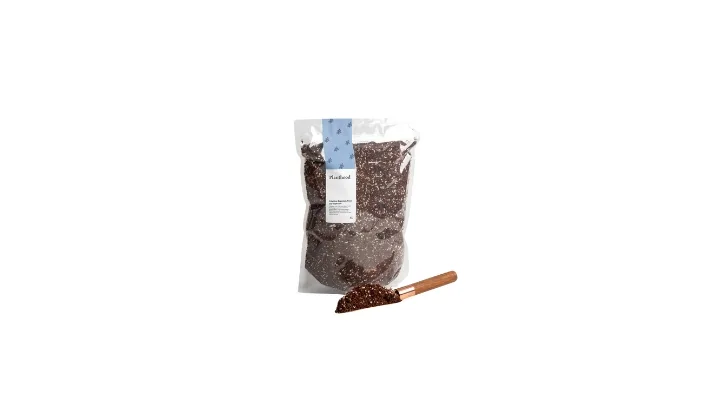
02
Calathea, begonia and peace lily super soil (2.8L), Planthood
$15.95
A beautiful plant starts with beautiful soil. This super soil contains moisture-loving vermiculite, magnesium and iron to keep peace lilies happy. To encourage flowering, the folks at Planthood recommend adding extra worm castings to the mix.
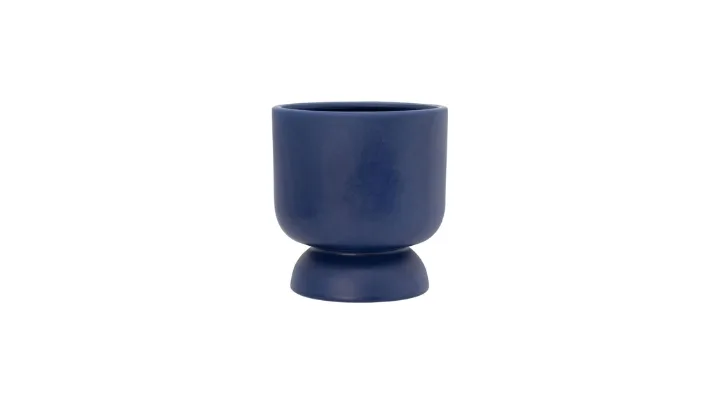
03
‘Avani’ planter 20x22cm in Blue, Myer
$47.97
Display your peace lily with pride in this sleek, elevated planter from Salt&Pepper. Available in White and Blue.


